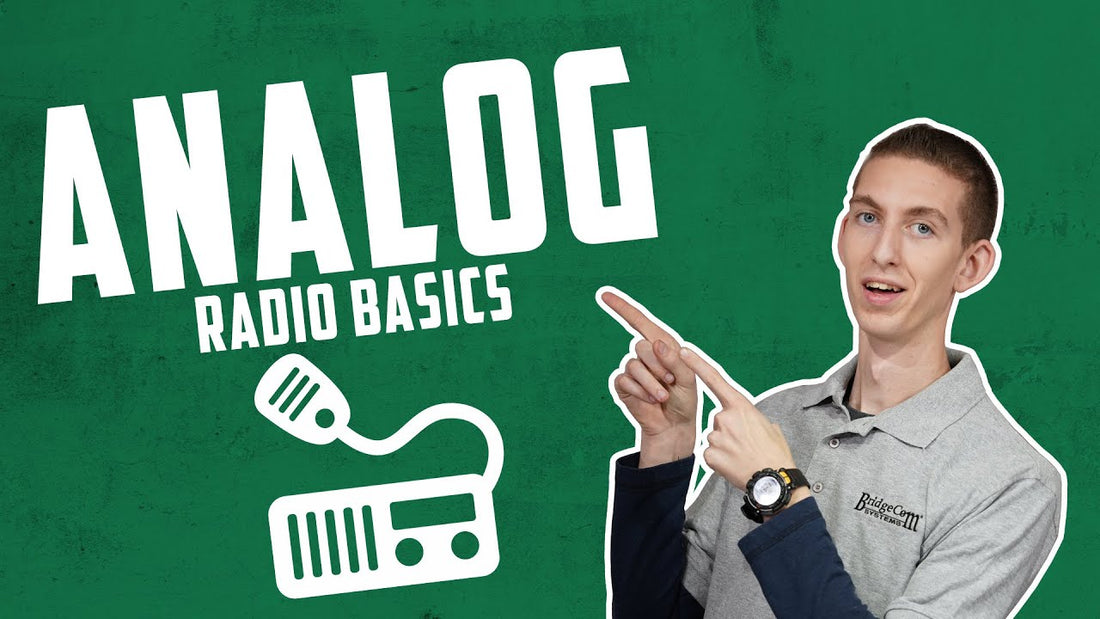
What Is Analog Radio?
The ham radio community has grown immensely. Over time, this community has somewhat divided itself into two different categories: Analog Ham Radio and Digital Mobile Radio. Both have their advantages and disadvantages, but we're going to focus specifically on Analog Radio.
So what is Analog Ham Radio? How does it work? When should you use it? These questions and more will be answered below.
What is Analog Ham Radio?
Analog Radio operates by using electromagnetic radiation to transmit data on the electromagnetic spectrum. These radio waves appear as slow-moving and extremely long wavelengths, compared to things like microwaves or infrared radiation.
Because of their long wavelengths, analog ham radio breaks those radio waves down into smaller categories (bands) for an array of different uses. For example, different communication systems operate exclusively on certain bands which are measured in megahertz. Satellites might operate on the extremely high frequency band (EHF). While your typical AM radio operates on lower frequencies called VHF, meaning very high frequency and can also operate on ultra high frequency (UHF).
All this to say that analog radio operates in a specific range of radio wavelengths to transmit data across vast distances.
What Equipment Do You Need?
Now let's talk a little bit about what kind of equipment you might need to start using analog radio. A receiver is a device that allows you to listen to set frequencies, but not transmit, hence the term, receiver. Likewise, there are transmitters that allow you to transmit data but not receive it.
A large part of analog radio is making sure your signal is getting to where it needs to go. A signal can be augmented by using an antenna, which helps it reach greater distances. There are many types of antennas, but two common types are directional and omnidirectional. Directional antennas are focused on a specific path, whereas omnidirectional antennas are less focused and simply boost your signal in every direction.
Depending on the communication system, different parts of the electromagnetic spectrum are used in a structured way so that messages don't overlap or get tangled up with each other.
Use a transmitter to send data and a receiver to receive data, but there are also devices called transceivers which are capable of doing both. The distance a message travels varies with analog radio, but you can find various antennas to help boost the signal in a variety of situations.
When Should You Use It?
Well, for starters the majority of radio systems around the world still operate using analog. If you're a professional in the field or someone who wants to dive into the ham radio world, knowledge of analog radio is very beneficial and respected. You may be using analog radio without even realizing it. If you like to listen to the radio in your car, any station using FM is transmitting audio to you via the analog system.
I hope this has helped bring some clarity the very basics of how analog radio works on the technical level. Of course, the deeper you dive into the hobby the more complicated things will become, but you don't need to know everything to be able to enjoy it. One thing I do know, is that BridgeCom Systems will be there at every step of the way to make sure we are there to assist in your radio journey. Let us know if you don't know where to start and we can get you started.







1 comment
Thank you so much for writing this piece and making it somewhat easy to comprehend. It is this type of reading which creates more young ham radio operators.